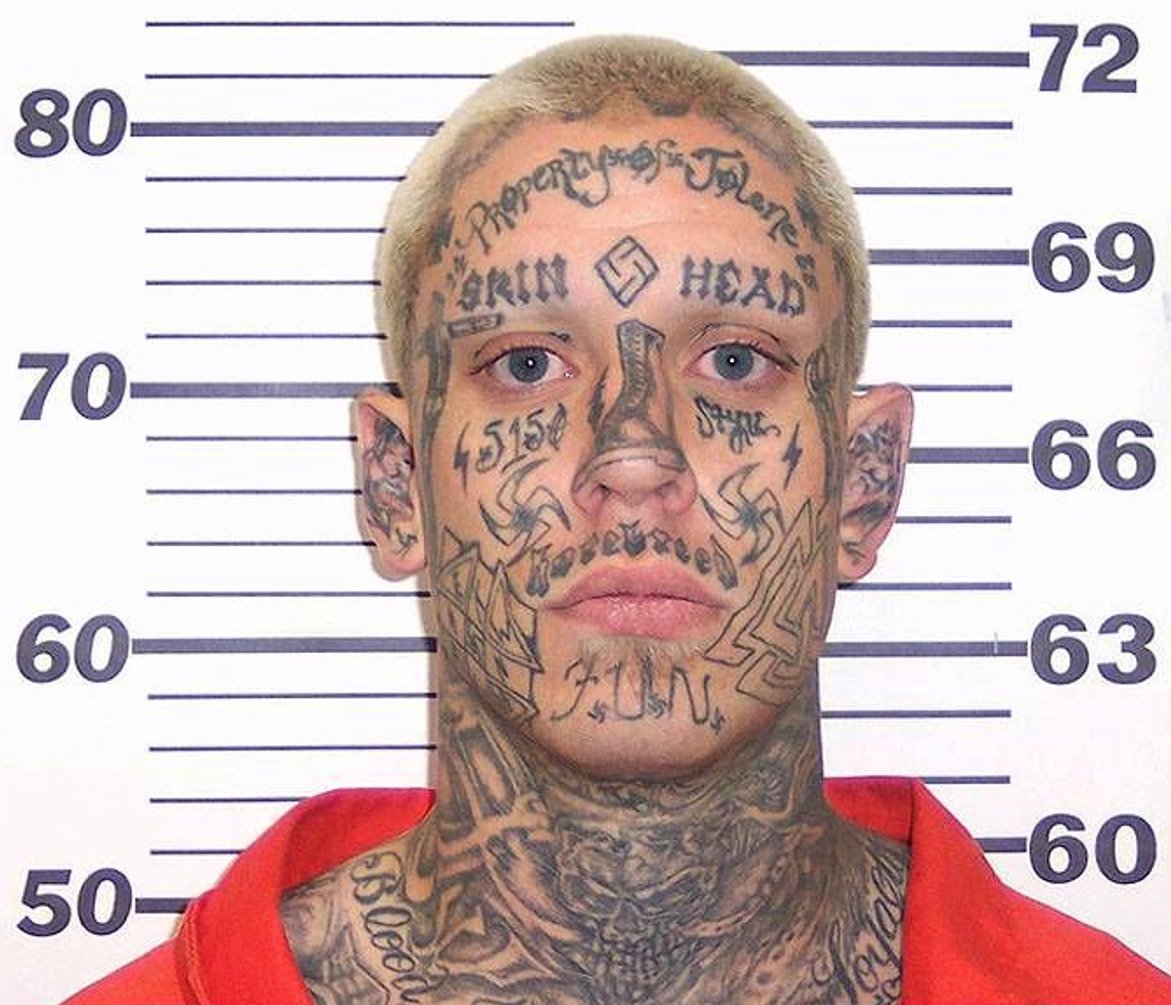
1/ In the 1980s, paramilitary training was very popular within the white supremacist movement. White supremacist leaders like Louis Beam and Glenn Miller organized large
"Jesus Hitler, an ‘adrenaline junkie’ and the plot to train Michigan neo-Nazis"
bridgemi.com/michigan-gover…
"Jesus Hitler, an ‘adrenaline junkie’ and the plot to train Michigan neo-Nazis"
bridgemi.com/michigan-gover…
2/ paramilitary groups, while others, such as James Wickstrom (the "National Director of Counterinsurgency" for the Posse Comitatus) regularly held paramilitary trainings for their followers. Perhaps the most "serious" white supremacist group involved in paramilitary training was
3/ a Christian Identity group known as the CSA (Covenant, Sword, and Arm of the Lord), which even invited other groups and individuals to come to their compound and be trained. 

4/ The CSA built a training area, dubbed "Silhouette City" and held boot camp trainings for extremists, where they could shoot at targets like this one, a police officer with a Star of David. 





5/ However, as the 1980s surge of white supremacy faded, so too did the movement's interest in paramilitary training. When the movement surged again in the 1990s, white supremacists rarely engaged in paramilitary training (one rare exception were the Spokane Bank Bandits).
6/ Instead, it was an entirely different movement, the new anti-gov't militia movement, which rushed to embrace paramilitary training (and has ever since). In the 2000s, the border vigilante movement also (to some degree) conducted such activities. But not white supremacists.
7/ In recent years, however, new variety of white supremacists--the accelerationist neo-Nazis and alt-righters--have rediscovered the idea of paramilitary training, and groups like the Base and Atomwaffen have engaged in it. But based on their videos and photographs, their ideas
8/ of "training" seem far "liter" and less serious (in some cases being little more than target shooting) than their 1980s forebears (or, for that matter, the more seriously paramilitary parts of the militia movement). The accelerationists may get more serious in the future,
9/ although the attention and arrests they've garnered from law enforcement have broken up a number of accelerationist cells, so they may not get that opportunity. Groups like the CSA were able to operate for years.
• • •
Missing some Tweet in this thread? You can try to
force a refresh
















